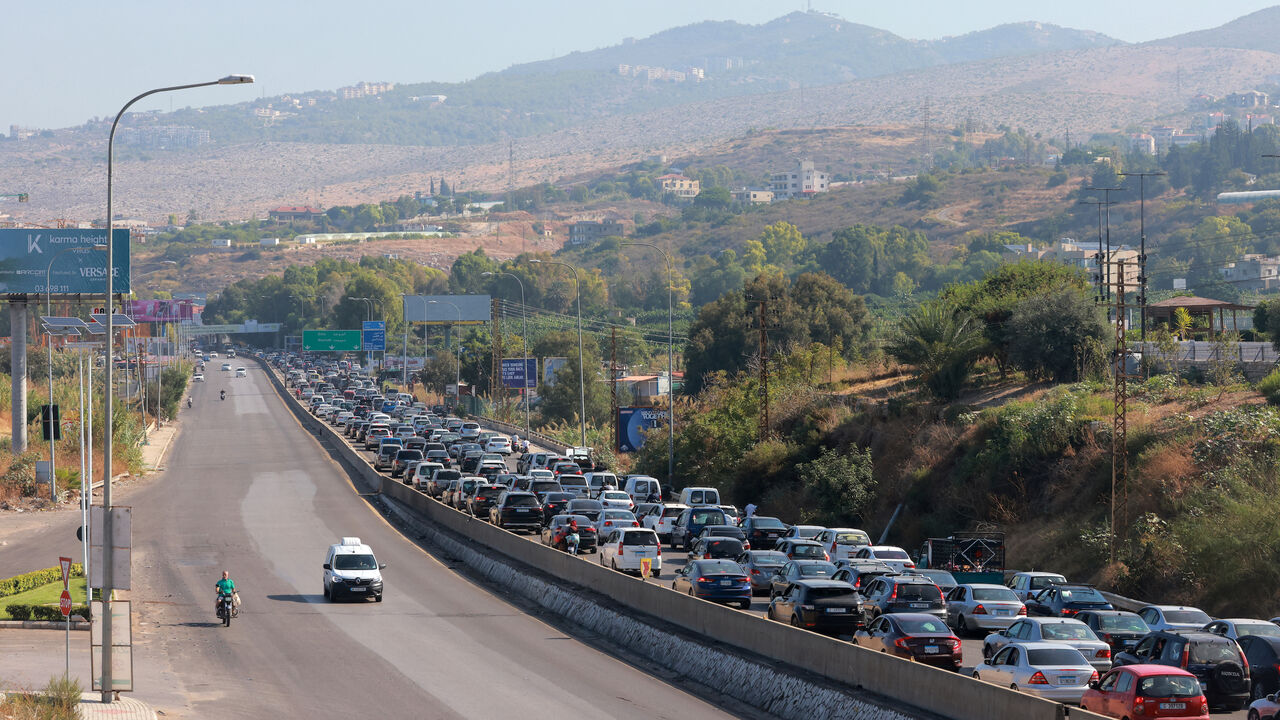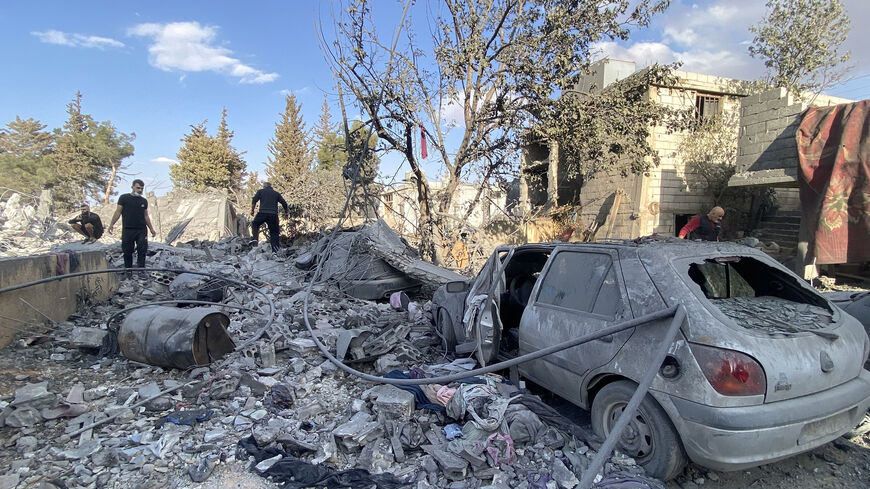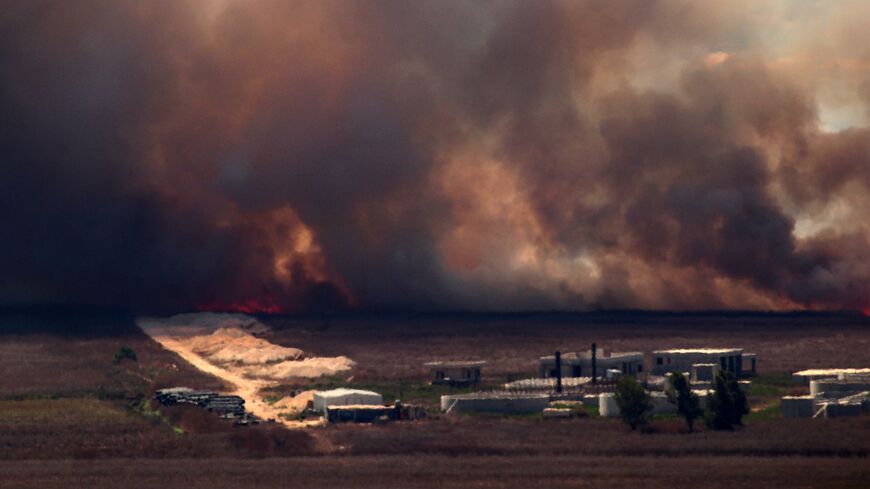More than 40,000 shelter in Lebanon schools as Israel expands airstrikes
Israeli airstrikes continued in Lebanon for the third day in a row, causing the worst wave of displacement in nearly two decades.

BEIRUT — Israel expanded the scale of its airstrikes in Lebanon on Wednesday, targeting some new areas for the first time since the cross-border hostilities began last October.
On Wednesday, Israeli fighter jets launched an airstrike in the village of Ras Osta in the Jbeil (Byblos) district, about 55 kilometers (34 miles) north of Beirut. No further information was immediately available.
Earlier in the day, another rare airstrike in the village of Joun in the Chouf mountains, around 25 kilometers (16 miles) southeast of Beirut, killed four people. Three more people were killed when a strike hit the mountain village of Maaysrah in the Keserwan district, 40 kilometers (25 miles) north of Beirut.
Health Minister Firas al-Abyad said at a press conference that the Israeli airstrikes on Wednesday alone killed 51 people and left 223 others injured.
By Tuesday, the escalation had killed at least 569 people including 50 children and wounded more than 1,835 others.
A cameraman for the Hezbollah-affiliated Al-Manar channel identified as Kamel Karaki was killed in a strike in southern Lebanon on Wednesday. The UN refugee agency also announced the killing of two of its workers in a strike in the south on Tuesday.
The Iran-backed Hezbollah group announced the killing of six of its members since Monday’s escalation began.
The Israeli military widened its airstrikes across Lebanon on Monday, nearly a year after the cross-border hostilities between Israel and Hezbollah broke out on Oct. 8, 2023. The military said its operation in Lebanon, dubbed “Northern Arrows,” was aimed against Hezbollah’s missile and drone capabilities.
The military said its fighter jets struck 280 targets belonging to Hezbollah in Lebanon on Wednesday, including missile launch sites, weapons depots and military infrastructure.
In another statement Wednesday, the Israeli military said about 60 sites belonging to Hezbollah’s intelligence division have been struck across Lebanon.
Hezbollah claimed at least eight attacks in northern Israel since Wednesday morning, including an attempted rocket attack on the Mossad headquarters in the Tel Aviv area. The missile was intercepted by the Israeli military.
Mass exodus from south to north, Syria
Lebanon is witnessing a mass wave of displacement, the worst since Israel and Hezbollah last fought a war in 2006. Nearly half a million people have so far fled the fighting in the south and east, heading north or to the border with Syria.
Lebanese authorities designated nearly 100 schools in the governorates of Beirut, Mount Lebanon, the South, Bekaa, North and Baalbek/Hermel to receive the displaced.
Speaking at the Wednesday press conference, Abyad said at least 40,000 people are currently in shelters, adding that many others sought refuge at relatives' homes or rented apartments.
Ads and requests for apartment rentals have circulated widely on social media and messaging apps since Monday. Many Lebanese in safe areas have offered to rent out their homes to the displaced families, some of them for free.
Meanwhile, hundreds of cars are heading toward the border with Syria. A Syrian security source told Agence France-Presse on Tuesday that around 500 people have so far crossed into Syrian territory from the border crossings at al-Qusayr in the east and al-Dabbousiyeh in the north.
The Syrian Observatory for Human Rights said dozens of families of Hezbollah fighters arrived in the cities of Nubl and al-Zahraa in the countryside of Aleppo and in the city of Homs in the past two days.







